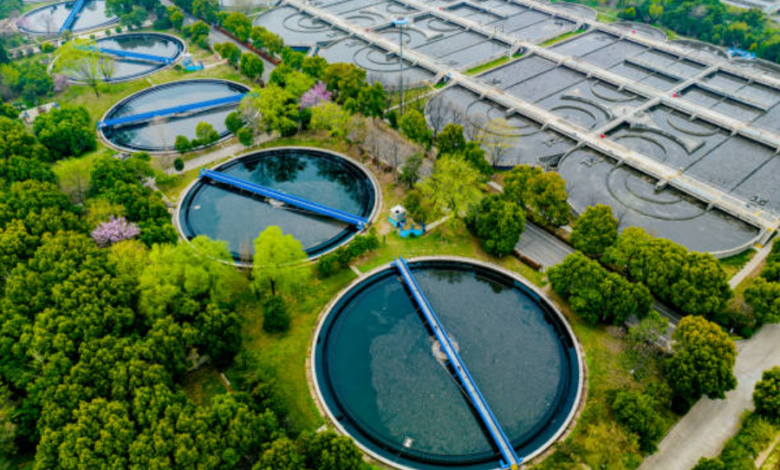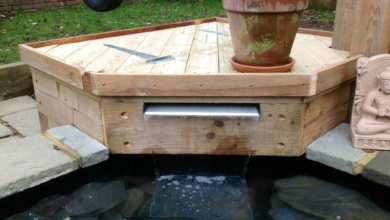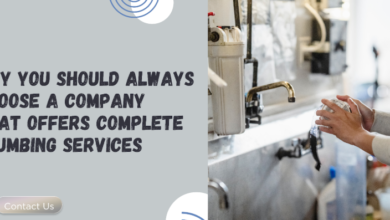Hard Water, Iron, and Sulphur: Which Water Treatment Systems Work Best?

That metallic taste in your morning coffee again. And those orange streaks in the shower that just won’t come clean, no matter how much scrubbing you do. Then there’s the smell. You know the one – that rotten egg odour every time someone turns on a faucet. Your neighbours probably think something’s seriously wrong at your house. The truth is, these are all signs that you need professional water treatment systems to address your well water issues.
If this sounds like your daily reality, you’re dealing with the worst possible combination of well water problems. Hard water deposits, iron staining, and sulphur odour all rolled into one nightmare scenario. Here’s what nobody tells you upfront – these problems get worse over time, not better. And they’re costing you way more money than you realize. Quality water treatment systems can eliminate all of these issues and save you money in the long run by protecting your plumbing and appliances.
Why Your Water Became This Bad?
Most well water picks up minerals as it flows through underground rock layers. Calcium and magnesium create hard water.
The frustrating part? These contaminants usually show up together because your water travels through the same mineral-rich underground formations.
I’ve seen estimates that hard water alone costs homeowners around $800 yearly in extra expenses. Add iron and sulphur issues on top, and you’re looking at serious money.
And forget about enjoying a simple glass of tap water. You find yourself buying bottled water just to avoid that awful taste.
The Treatment Approach That Finally Works
Single-purpose water treatment systems almost always fail with multiple contamination problems. You fix the iron, but the hard water remains. Or you soften the water, but that rotten egg smell persists.
The solution requires treating each problem in the right sequence.
Start With Iron and Sulphur Removal
Oxidation systems work by converting dissolved iron and sulphur into solid particles that filters can actually catch. Your main options include:
- Air injection systems
- Chemical feed systems
- Ozone treatment units
Air injection handles moderate iron levels pretty well – usually up to around 10 parts per million. Chemical systems can tackle higher concentrations, but you’ll need to keep buying chemicals. Ozone systems work great for everything, though they cost more initially.
Add Sediment Filtration Next
After oxidation converts iron and sulphur into particles, you need good filtration to remove those particles before they reach your fixtures and appliances.
Backwashing sediment filters clean themselves automatically, which saves maintenance time. Standard cartridge filters work too, but expect to change them frequently.
What This Investment Actually Costs
Basic systems addressing single problems start around $800-1,200 installed. These work okay if you only have hard water or minor iron contamination.
Complete multi-stage systems typically run between $2,500 and $5,500 installed. The final cost depends on several factors:
- System capacity and maximum flow rate
- Level of automation and controls
- Brand reputation and warranty coverage
- Installation complexity for your specific setup
High-end systems with advanced monitoring can reach $8,000 or more. These make sense for severe contamination levels or very large homes.
Remember, though – this investment pays for itself over time through reduced appliance replacements, lower utility bills, and no more bottled water purchases.
See also: Big Size Home Temples made from White Marble: Where Tradition Meets Luxury
The Maintenance Reality
Every water treatment system requires ongoing maintenance. No exceptions.
Salt-based water softeners need salt refills monthly. Filter cartridges need replacement every 6-12 months. Iron removal systems might need annual cleaning or media replacement.
Factor those ongoing costs into whatever you decide to buy. Here’s something that surprised me when I first looked into this – a $3,000 system that costs $500 every year to maintain actually ends up more expensive than a $4,500 system only needing $200 yearly upkeep. The math adds up fast over time.
Think about whether you want to handle maintenance yourself or call someone every time something needs attention. I know people who enjoy doing the basic stuff – checking salt levels, changing filters when needed. But other systems seem designed to require a service technician for practically everything, which gets expensive.
Making Your Final Decision
Get proper water testing done first, preferably from a certified lab rather than someone trying to sell you something. You need to know exactly what’s in your water and how much of each contaminant you’re dealing with.
Finding the right installer takes some work. Check their online reviews, but don’t just look at the star ratings. Read what people actually wrote about their experience. Make sure they have proper licensing. Ask for references from recent customers and actually call a few of them.
Getting multiple quotes makes sense, but don’t just pick the cheapest option. I’ve learned that rock-bottom prices usually mean something important got cut from the proposal. Maybe they’re using cheaper components or skipping steps in the installation process.
The long-term picture matters more than the upfront cost. A decent system should last you 15-20 years if you take care of it properly. Those bargain systems? You might find yourself replacing everything in 5-7 years when components start failing.
Final Take
Your water touches everything you do at home. Cooking, cleaning, bathing, and drinking – all of it gets affected by contamination problems. The hard water keeps damaging your appliances. The iron stains keep appearing, no matter how much you clean. That sulphur smell keeps embarrassing you when people visit.




